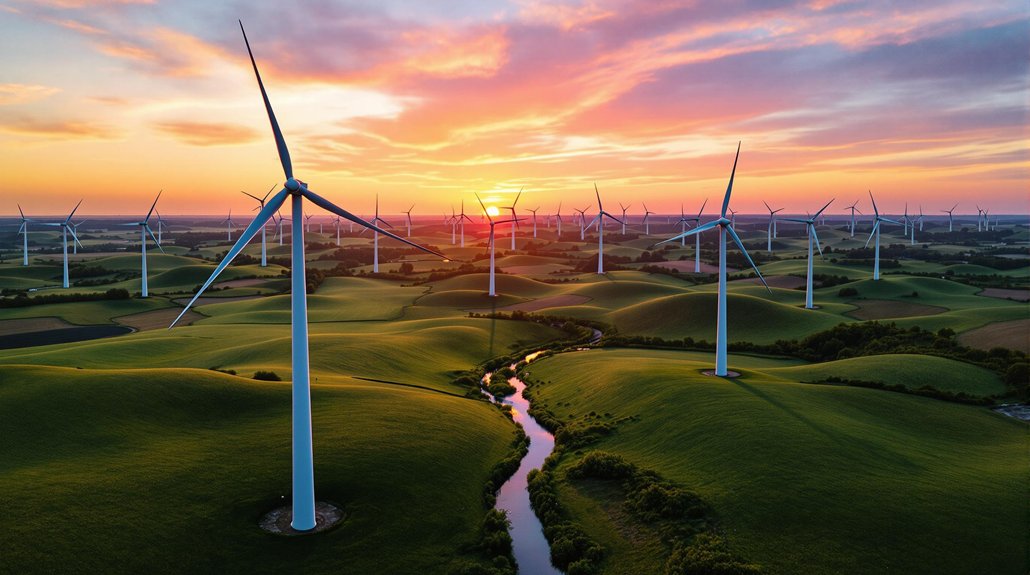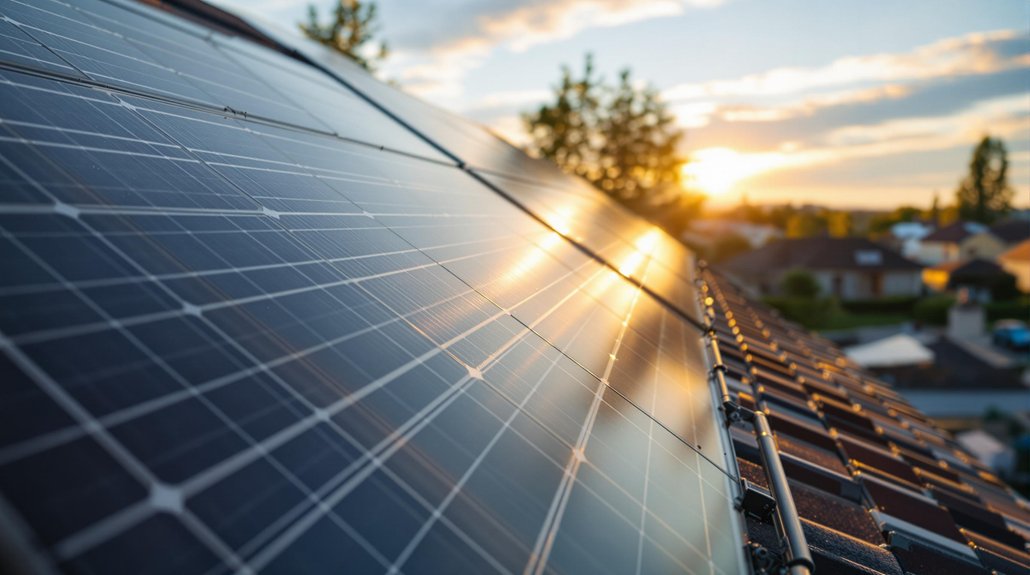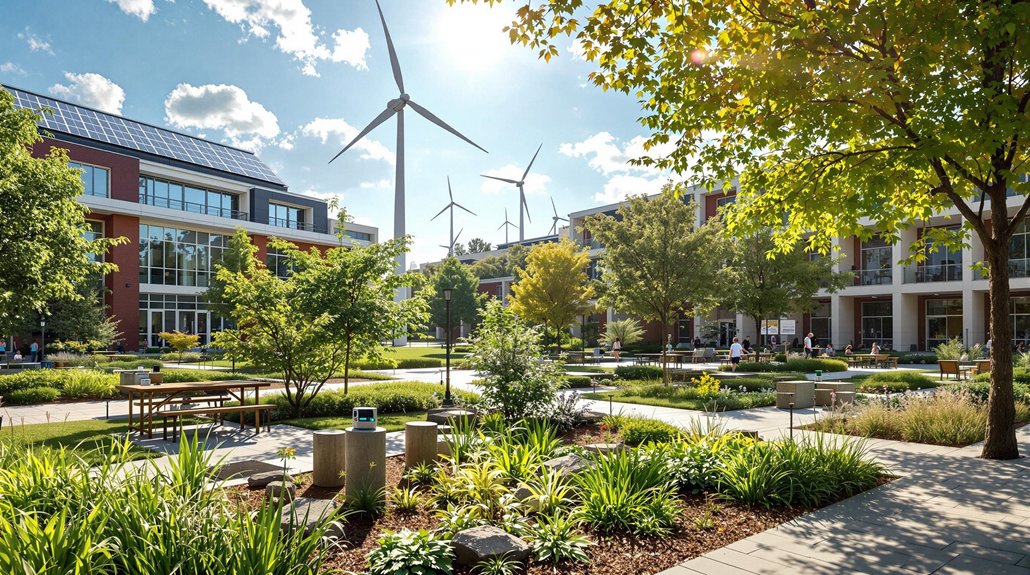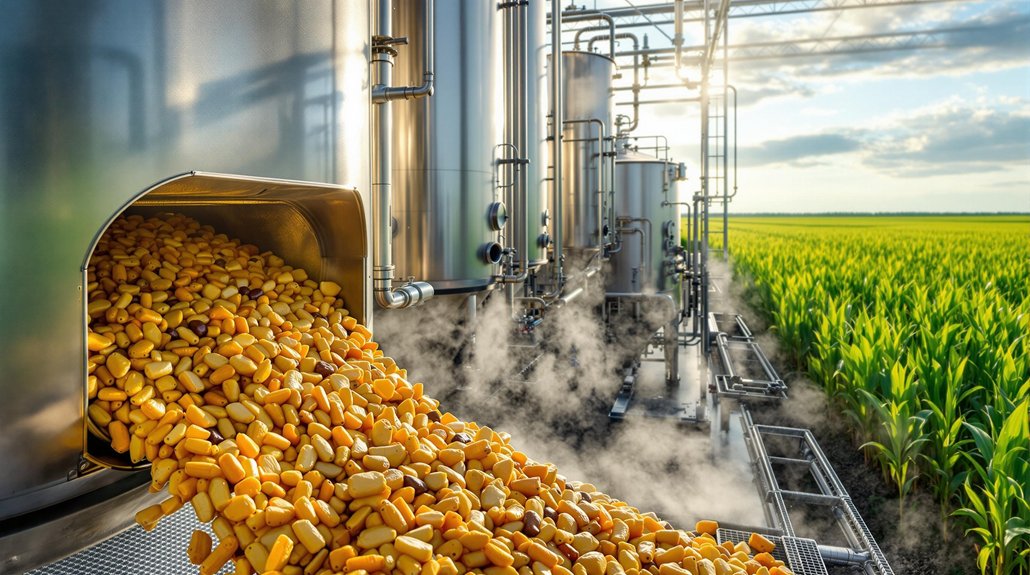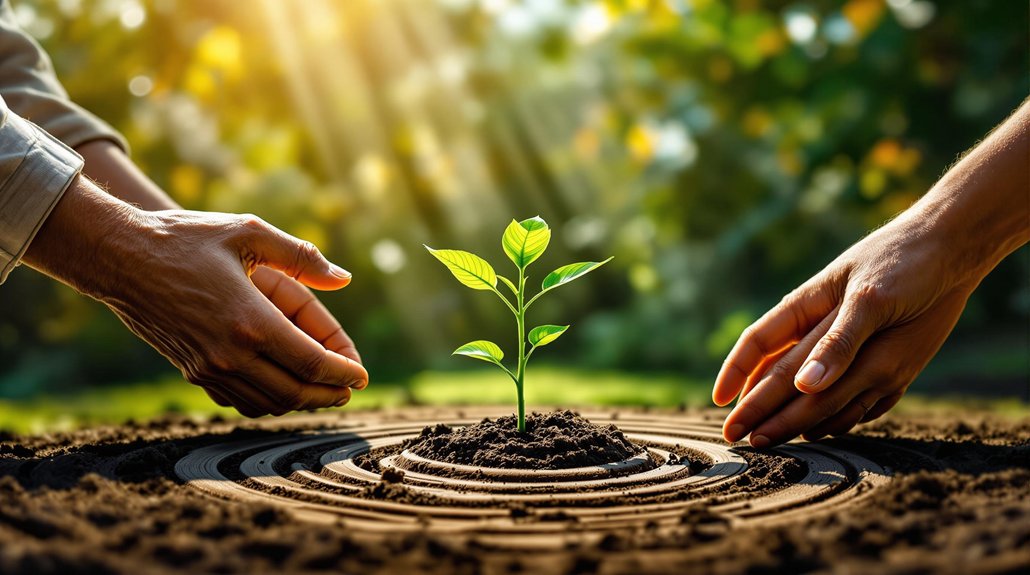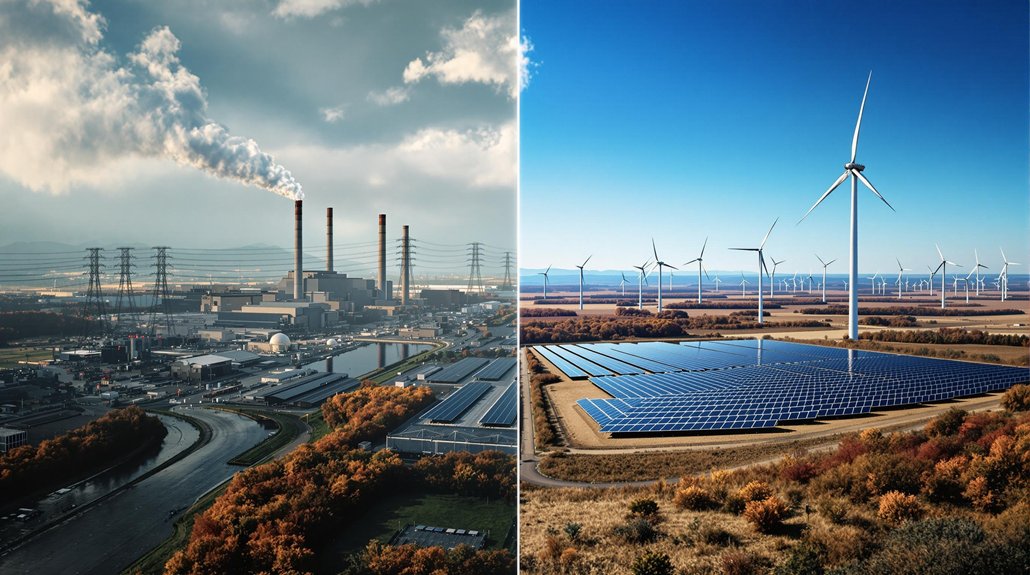Wind energy offers significant environmental and economic advantages. It produces zero greenhouse gas emissions while operating, creates jobs, and generates tax revenue for communities. Modern turbines have a small footprint, allowing land to be used simultaneously for farming. Technological improvements have made wind power more efficient and reliable. With global capacity exceeding 906 gigawatts in 2022, wind energy’s growth supports a cleaner energy future. Further exploration reveals even more benefits.
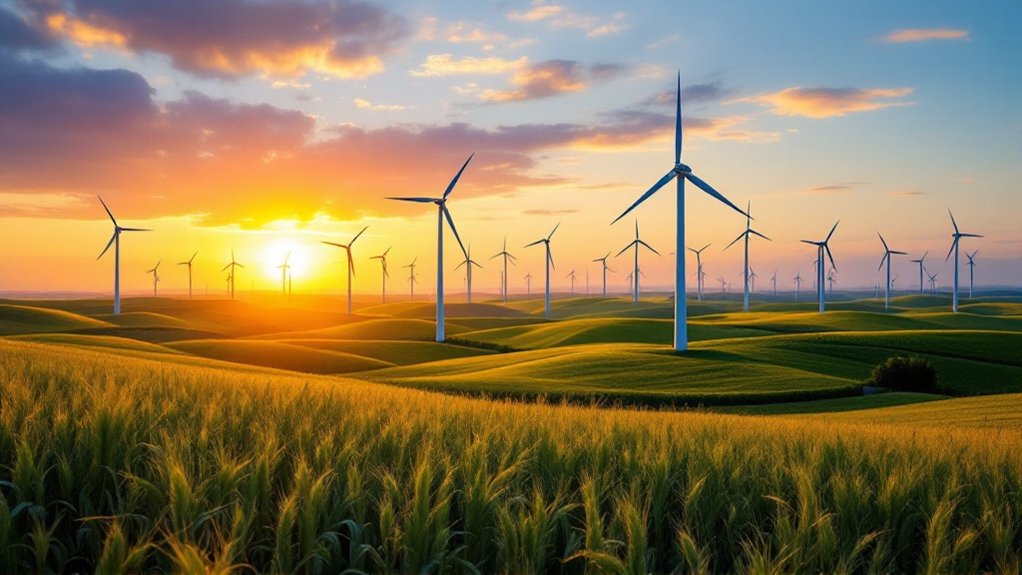
As the world seeks cleaner ways to generate electricity, wind energy stands out as a powerful solution with numerous benefits. Wind turbines produce zero greenhouse gas emissions when operating, helping fight climate change. In 2023 alone, wind power avoided 348 million metric tons of CO2 emissions globally. This clean energy source is inexhaustible and reduces our dependence on limited fossil fuels.
Wind energy makes economic sense too. After the initial installation costs, operating expenses are low compared to other power sources. The industry creates jobs in manufacturing, installation, and maintenance sectors. Landowners earn income through lease payments for hosting turbines, while communities benefit from increased tax revenue. At 2-6 cents per kilowatt-hour, wind energy competes well with other electricity sources. Wind energy also generates significantly more power than it consumes during operation, with studies showing a 17-39 times energy return.
Wind power delivers economic advantages through low operating costs, job creation, landowner income, and competitive electricity rates.
One of wind power’s practical advantages is its efficient use of land. Turbines have a small footprint, allowing the surrounding land to be used for farming or other purposes. Wind farms can be built both onshore and offshore, and projects can range from small residential turbines to massive utility-scale installations. This versatility helps strengthen the electrical grid and promotes energy independence.
Technology in the wind sector continues to advance rapidly. Modern turbines are more efficient and powerful than earlier models. Better wind forecasting helps operators maximize energy production, while improved grid integration makes wind power more reliable. Engineers are developing recyclable materials for turbine blades and creating floating platforms for offshore wind farms. Even with light breezes, modern turbines can generate electricity, significantly improving the energy capture potential.
Wind energy uses minimal water compared to other power sources and creates no air or water pollution during operation. Offshore wind farms can even create artificial reef habitats for marine life. As a domestic energy source, wind reduces reliance on imported fuels and helps stabilize electricity prices long-term.
The industry is growing fast, with global capacity exceeding 906 gigawatts in 2022. Experts predict wind could generate 28% of global electricity by 2050, with offshore wind capacity expected to quadruple by 2030. Wind power’s continued expansion promises a cleaner, more sustainable future.
Frequently Asked Questions
How Noisy Are Wind Turbines Compared to Other Energy Sources?
Wind turbines are relatively quiet compared to other energy sources. They produce 35-45 dB at 350m, similar to a refrigerator.
Coal and gas plants typically generate 70-90 dB of noise. At nearby homes, wind turbines aren’t louder than normal household sounds.
Modern designs have reduced noise levels further. Unlike fossil fuel plants, wind turbines don’t create constant industrial noise from cooling towers or fuel processing equipment.
Do Wind Farms Harm Birds and Wildlife?
Wind farms do cause some bird deaths, with estimates showing 140,000-679,000 birds die annually from turbine collisions in the U.S.
However, this represents a small fraction compared to other causes like buildings and cats. Raptors and migratory birds face higher risks.
The wind industry conducts environmental assessments before construction and implements mitigation strategies like careful siting, blade painting, and temporary shutdowns during migrations.
What Happens When There Is No Wind?
When there’s no wind, turbines stop generating electricity. They need wind speeds of 3-4 meters/second to start producing power.
During calm periods, the grid relies on other energy sources to meet demand. Battery storage, pumped hydro, and power from windier regions help fill the gap.
Solar often produces more when wind is low. Modern forecasting helps predict these lulls, allowing grid operators to prepare alternative supplies.
How Long Does a Typical Wind Turbine Last?
Most wind turbines last between 20-30 years, with an average lifespan of about 25 years.
While foundations and towers often serve the full term, other parts need earlier replacement. Blades, gearboxes, and generators may require repairs, while inverters typically fail after 10-15 years.
Environmental conditions, maintenance quality, and operational strategies all affect how long a turbine remains functional.
Many older turbines are now being repowered or decommissioned.
Can Wind Turbines Be Recycled at the End of Their Lifespan?
Most wind turbine components (85-95%) can be recycled today. Steel, copper, aluminum, and concrete foundations are easily processed.
However, turbine blades remain challenging to recycle due to their composite materials. New technologies are emerging, including grinding blades for construction materials, pyrolysis, and cement co-processing.
The industry’s working toward fully recyclable turbines by 2040, with research focused on bio-based materials and modular designs for easier disassembly.
